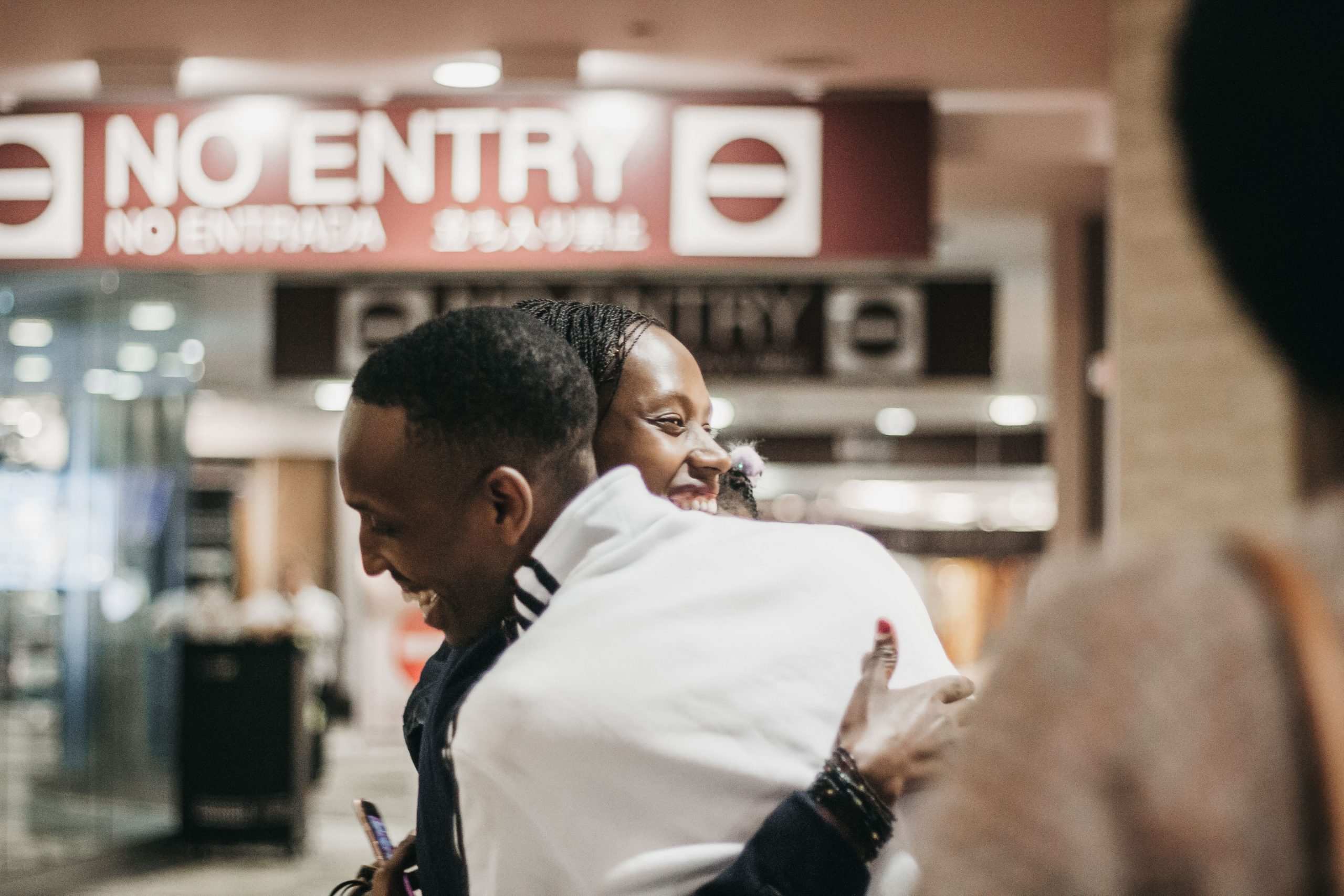1
Resettlement Support Centers (RSCs) abroad process a refugee's case.
After a refugee is referred to a RSC by the United Nations High Commissioner for Refugees (UNHCR), the RSC abroad pre-screens a refugee and ensures that they fall within U.S. processing standards and guidelines. They begin to prepare a refugee for interviews with the U.S. Department of Homeland Security.2
The U.S. Department of Homeland Security Citizenship and Immigration Services conduct interviews.
Officers at the U.S. Department of Homeland Security Citizenship and Immigration Services interview refugees to determine their eligibility for resettlement. Individuals that are formally determined to be refugees by DHS/USCIS receive conditional approval for resettlement until they pass a series of screenings.3
A refugee undergoes additional screenings
Next, the DHS/USCIS conducts a medical screening for refugees awaiting resettlement to detect tuberculosis and other diseases. Refugees who test positive will have their admission delayed. Refugees also undergo numerous security checks through federal and international databases.4
A refugee's case is sent to a Voluntary Resettlement Agency (VOLAG) in the US
Once a refugee is granted permission to come to the United States, the RSC sends a request for sponsorship assurance. One of 9 VOLAGs are contacted to begin the initial stages of the resettlement process. An agency's assurance of a refugee verifies that they are prepared to accept their case.5
A refugee is allocated to a local resettlement site
After a local resettlement site is selected, a refugee is notified. Next, final travel arrangements and medical screenings are usually organized by the International Organization of Migration (IOM) with the help of RSCs. The resettlement agency is notified of a refugee's arrival date one to two weeks in advance.6
Final travel arrangements are made
The resettlement agency (NICE) assigns caseworkers, volunteers, and other support staff to the new arrival's case. Arrangements are made to provide a refugee with housing, furniture, clothing, food, and other necessities when they arrive.7
The agency prepares for the arrival of a refugee
A refugee's caseworkers and any family or volunteers meet them at the airport when they arrive in the U.S. They are then taken to their new home and begin their adjustment to life in their new community through the NICE resettlement program.

